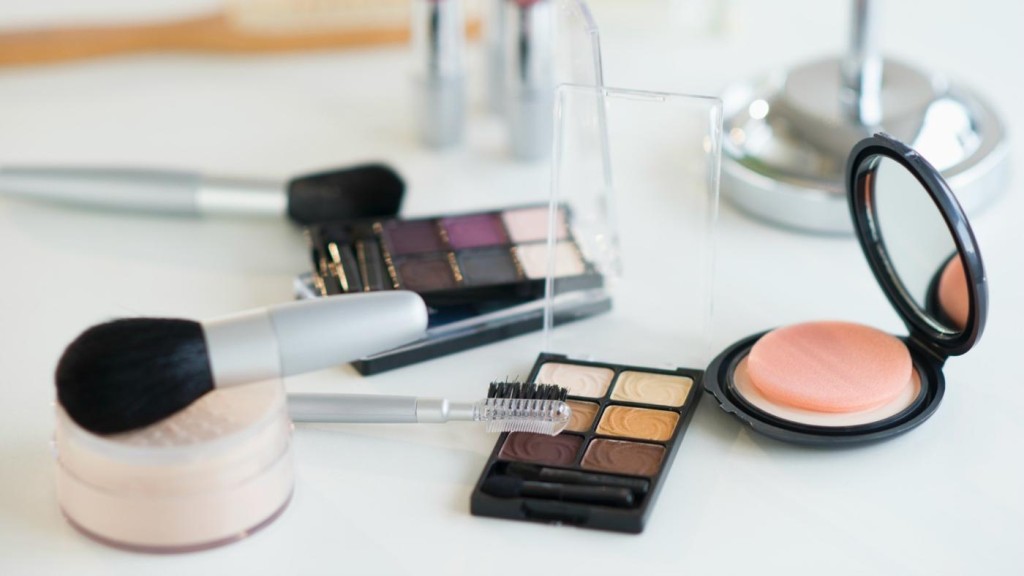Cosmetics include a wide array of products, ranging from hygiene products such as soap, toothpaste, and shampoo as well as luxurious beauty items such as makeup and perfume. All of these are regulated by the European Union at some level to provide consumer safety as well is to secure the internal market for cosmetics.
Europe is the leader in cosmetics around the globe, and it only makes sense that there is a cosmetic dossier in place from every company. This dossier is designed to provide details about ingredients, testing, and everything else in order to support the legislation that is in place.
The EU cosmetics legislation is primarily involved with the regulatory framework. This tells cosmetic companies about the market access, trade relations internationally, as well as provides details on regulatory convergence. This entire framework is designed to ensure consumer safety and promote innovation throughout the cosmetics industry.
When a cosmetic dossier is released from a company, it is designed to ensure that it meets the current legislation. There is a ban on animal testing throughout the EU, and the documents need to thoroughly support this. Further, it must show that the products marketed within the European Union are registered in the Cosmetic Products Notification Portal (CPNP).
There is also EU cosmetics legislation that requires all countries within the European Union to take care of their own market surveillance on a national level. Essentially, this means that there needs to be a coherent approach to issues that come from consumer products. The network is responsible for exchanging information, developing joint projects, and exchanging best practices.

Serious Undesirable Effects (SUE) also needs to be communicated across the various EU countries. If there is some kind of effect from a particular cosmetic use, the SUEs need to be reported to the national authorities. Corrective measures should also be taken – and addressed within a cosmetic dossier.
The most important changes that have taken effect in recent years is that safety requirements have been strengthened and there is a “responsible person” that must be designated in regards to every product before it can be placed onto the market. There is also centralized notification of the cosmetic products. Finally, there are new rules about nanomaterials and how they are used in cosmetic products. The nanomaterials cover a wide range of materials, including preservatives, colorants, and UV filters.
Safety requirements are constantly changing and the EU cosmetics legislation is responsible for ensuring that the countries follow all of these requirements. This requires that every manufacturer provides a product safety report before they put any product onto the market. This can be a time consuming process, but is designed to maintain safety – and ensure that all countries in the EU are following the same safety protocol

